Weight lifting belts often stir debate in fitness circles. While some athletes consider them essential, others see them as unnecessary or even harmful. The truth lies somewhere in between. When used correctly, a weight lifting belt can be a powerful tool to improve performance and protect your spine. This comprehensive guide explores how to use a weight lifting belt effectively, helping you lift heavier, stay safe, and build real strength.
What Is a Weight Lifting Belt?
A weight lifting belt is a thick, supportive strap designed to be worn around your torso. Typically made from leather or high-strength nylon, it provides stability to your core during intense lifts. Belt types vary, including lever, single-prong, double-prong, and Velcro closures.
Weight lifting belts aren't just for competitive powerlifters. They're also used by Olympic lifters, bodybuilders, CrossFitters, and recreational gym-goers who want extra support during heavy compound movements. While a belt won't instantly make you stronger, it can help you lift more safely and confidently when used with proper technique.
Why Use a Weight Lifting Belt?
The main function of a weight lifting belt is to increase intra-abdominal pressure (IAP). Think of IAP like inflating a balloon inside your midsection—it reinforces your spine from the inside out.
Benefits of Increased IAP:
- Enhanced spinal support during heavy lifts
- Improved core stability and bracing mechanics
- Reduced risk of lower back injuries
- Potential for increased lifting capacity
This internal pressure acts like a natural lifting belt, and the external belt amplifies this effect—when used correctly.
When to Use a Weight Lifting Belt
A belt is best reserved for exercises that place significant stress on your spine and require maximal core engagement. Use a belt when:
- Lifting at 85% or more of your 1RM (one-rep max)
- Performing compound barbell movements such as:
- Squats
- Deadlifts
- Overhead presses
- Bent-over rows
Avoid using the belt for:
- Isolation exercises like biceps curls or triceps pushdowns
- Warm-up sets
- Core-specific training (e.g., planks, leg raises)
Using a belt selectively reinforces good lifting habits while allowing your core to develop naturally.
How to Wear a Weight Lifting Belt Properly
Wearing a belt improperly is like tying your shoelaces wrong—at best, it's uncomfortable; at worst, it can be dangerous.
Step-by-Step Guide:
- Positioning: Wrap the belt around your torso so it sits across or slightly above the belly button. For deadlifts, a lower placement may feel better; for squats, slightly higher might offer better support.
- Tightness: Aim for a snug fit. You should be able to breathe in and push your core against the belt, but not feel overly constricted.
- Consistency: Keep it in the same position for the duration of your set.
- Adjustment by lift: Different lifts may require slight belt positioning changes—find what works best for each.
How to Brace with a Belt
A belt alone won't help unless you learn to brace properly. Bracing is the technique of tightening your core to create internal pressure, which stabilizes your spine.
How to Brace:
- Inhale deeply into your belly, not your chest.
- Push your abs out into the belt in all directions—front, sides, and back.
- Hold your breath and maintain pressure during the most strenuous part of the lift.
- Exhale slowly once you're past the most difficult portion of the movement.
This method, often called the Valsalva maneuver, reinforces trunk stiffness and supports the lower back during heavy loads.
Common Mistakes to Avoid
Even experienced lifters sometimes misuse belts. Here are some mistakes to steer clear of:
- Wearing it all the time: Belts are meant for specific lifts, not every set.
- Wrong placement: Too high or too low compromises stability.
- Over-tightening: Restricts movement and breathing.
- No bracing: Wearing a belt without proper bracing negates its benefits.
Use the belt intentionally and avoid becoming reliant on it.
Should Beginners Use a Belt?
For most beginners, it's better to focus on learning proper form and developing foundational core strength before introducing a belt. Once your technique is solid and you're lifting relatively heavy weights, a belt can be a smart addition.
Relying too early on external support may slow your progress. Build strength from the inside out first.
Choosing the Right Weight Lifting Belt
Your choice of belt depends on your training style and goals.
Key Considerations:
- Material: Leather belts are stiff and durable; nylon belts are more flexible and comfortable.
- Width: Most lifters do well with a consistent 4-inch belt.
- Thickness: 10mm to 13mm is common for powerlifters; thinner belts may suit general fitness better.
-
Closure type:
- Lever: Quick and secure, but less adjustable
- Prong (single or double): More adjustable, slightly slower to put on
- Velcro: Convenient and comfortable, but wears out faster
Try a few styles if you can before committing to one. The right belt should feel supportive and intuitive.
Final Thoughts
A weight lifting belt isn't a shortcut to gains—but it can help you lift safer and more effectively. When used with proper bracing and good technique, it provides an extra layer of support for heavy lifts. Use it wisely, train your core diligently, and remember: the belt is there to support you, not to do the work for you.
Train smart. Brace hard. Lift strong.
Ready to lift heavier with confidence? Strap up, brace tight, and chase those PRs.
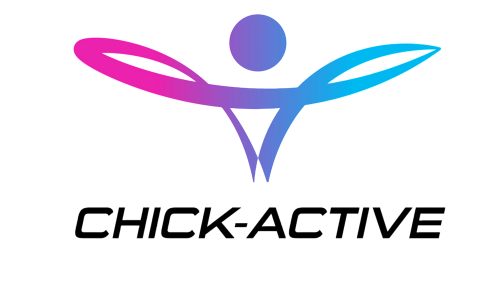
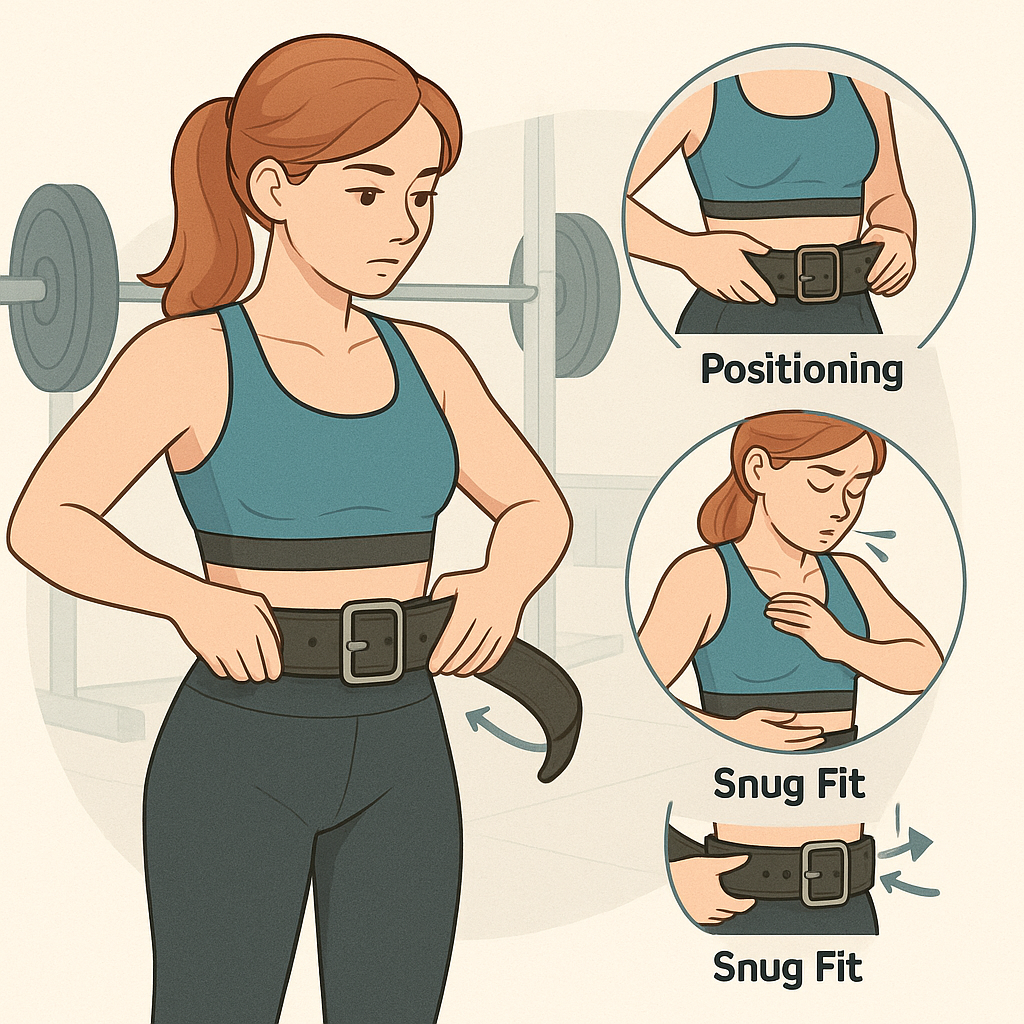
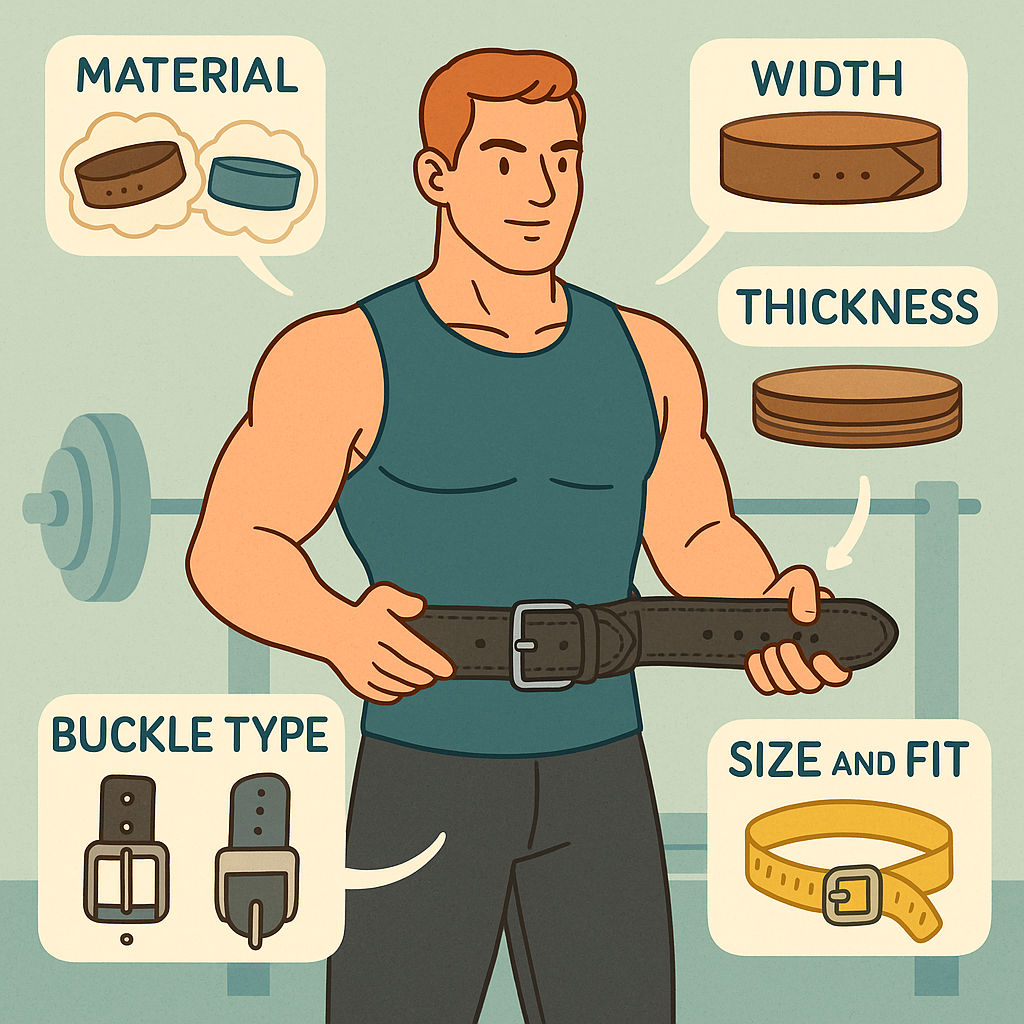

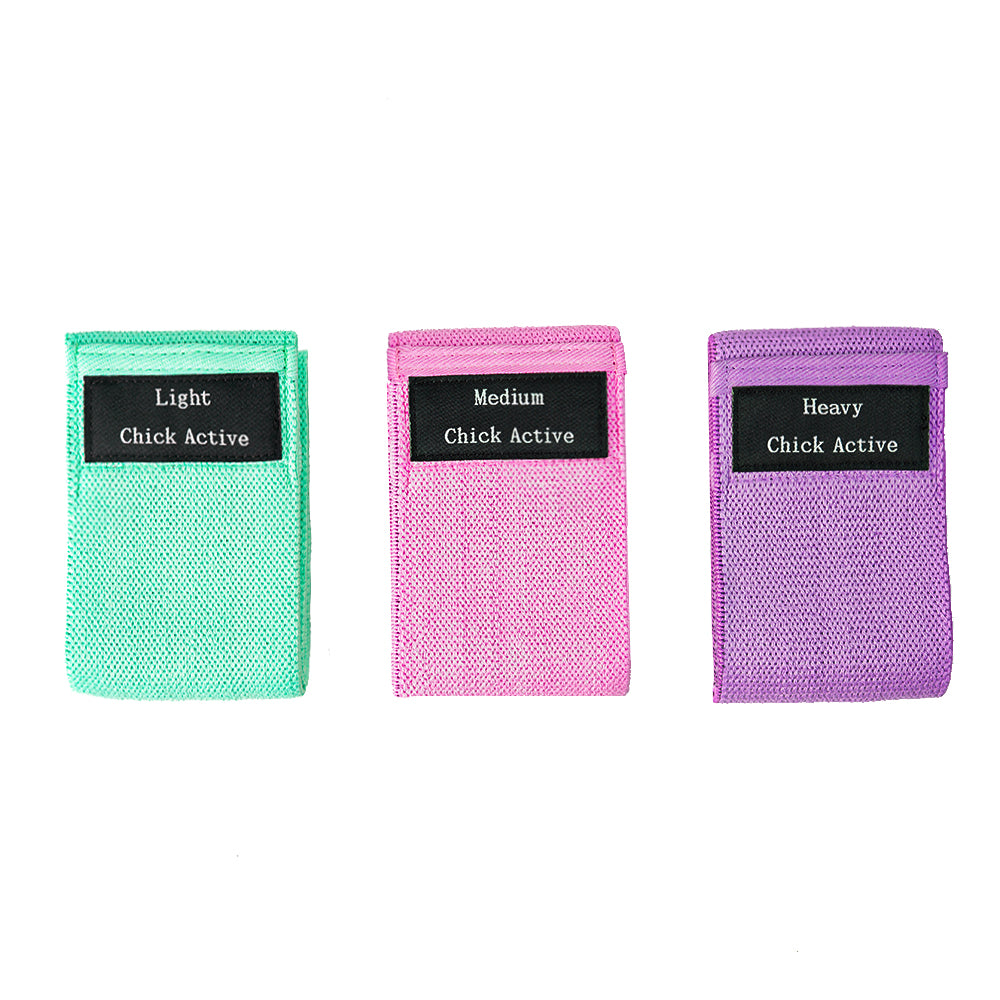
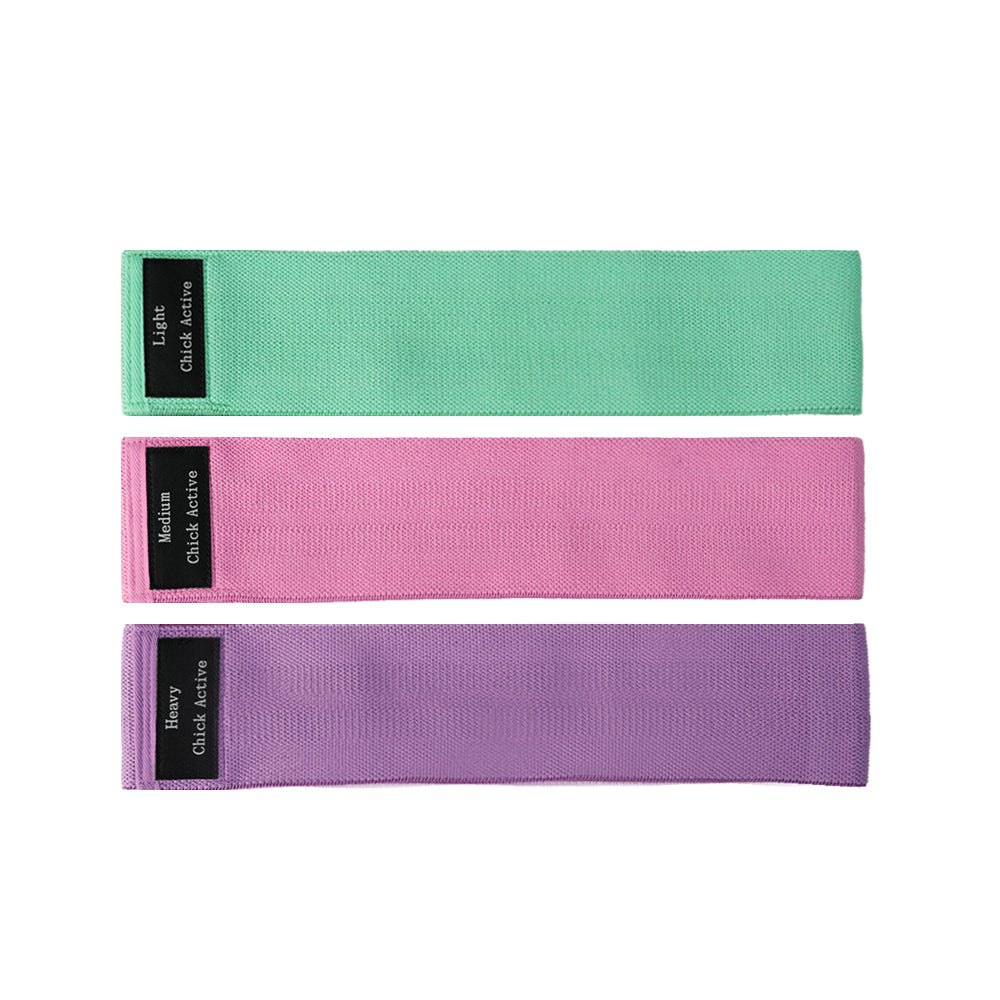
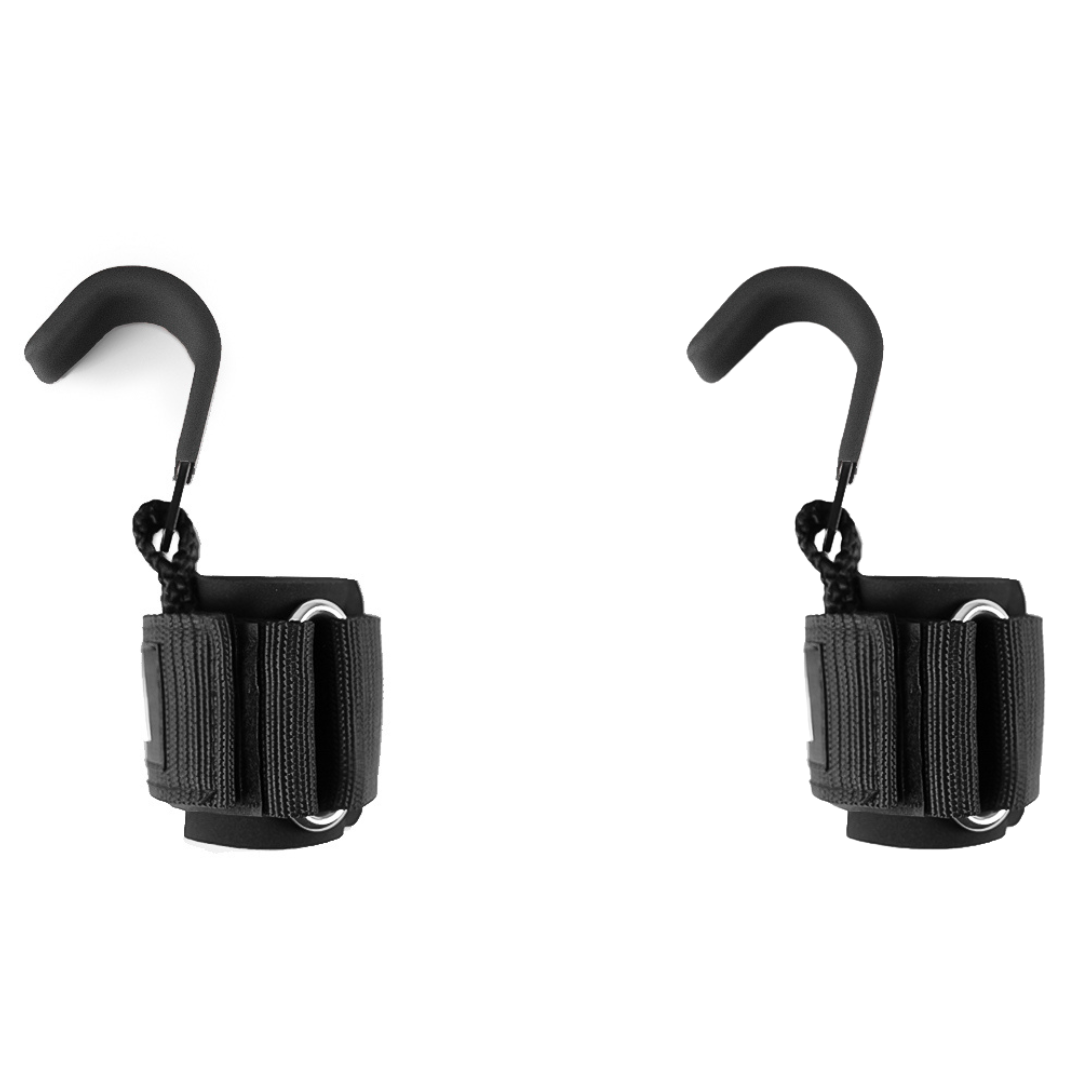

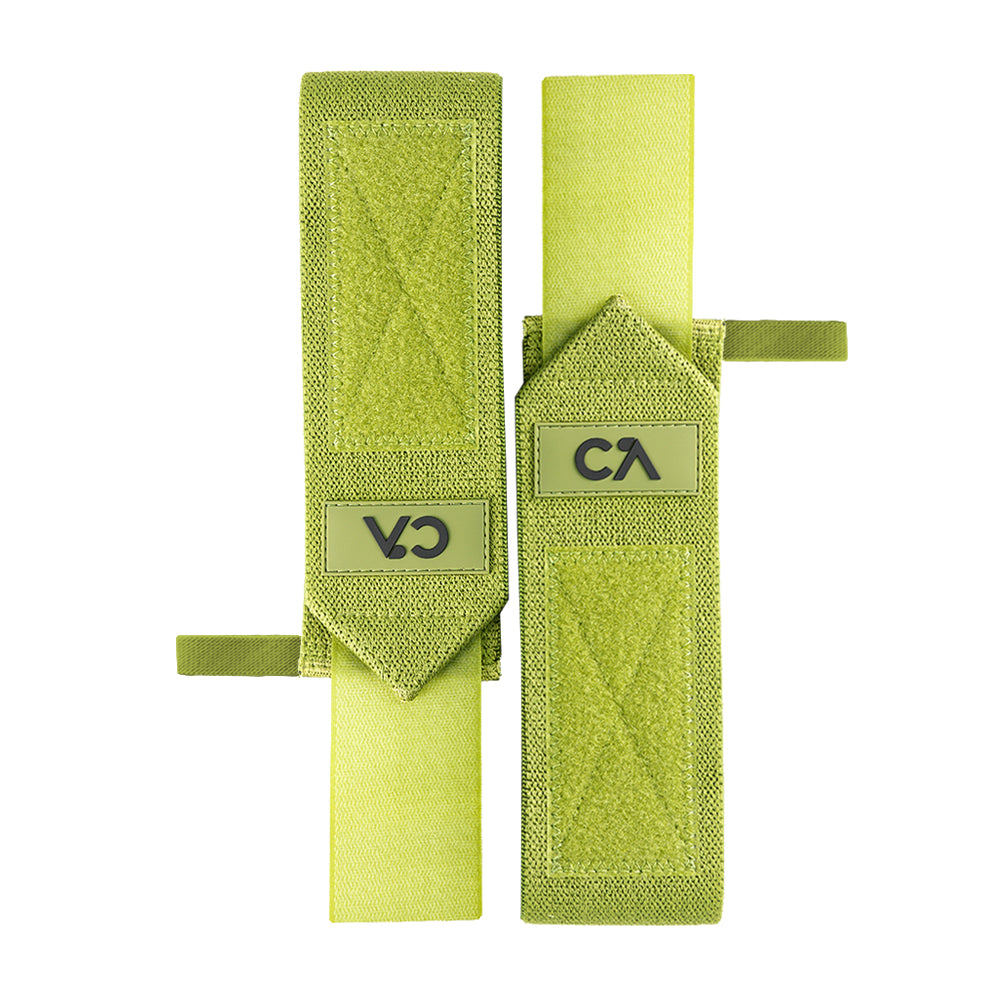
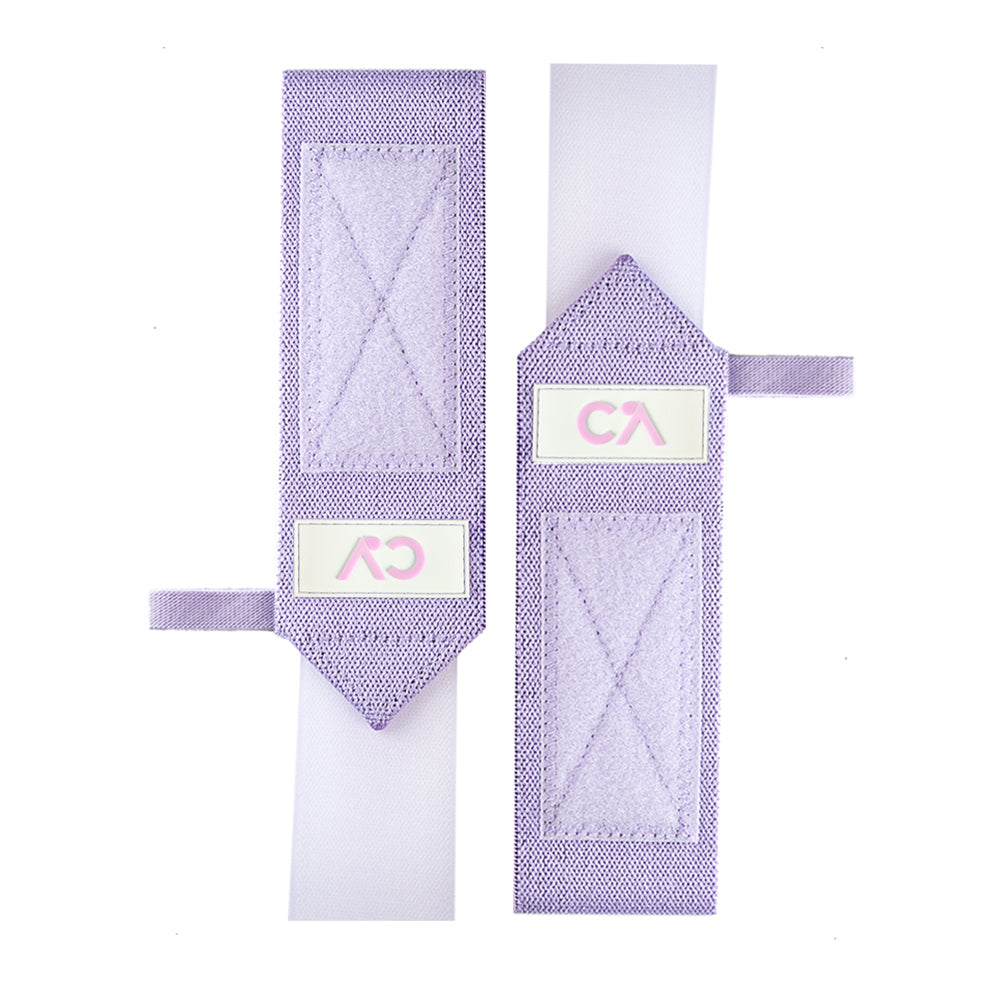
Leave a comment
All comments are moderated before being published.
This site is protected by hCaptcha and the hCaptcha Privacy Policy and Terms of Service apply.